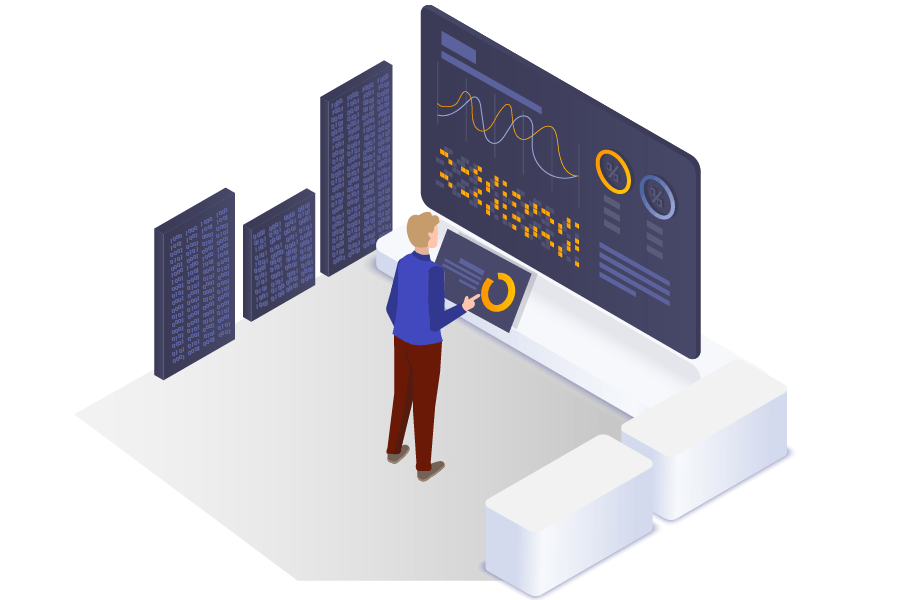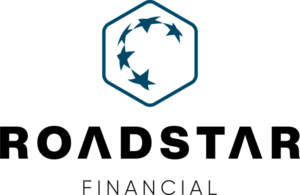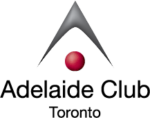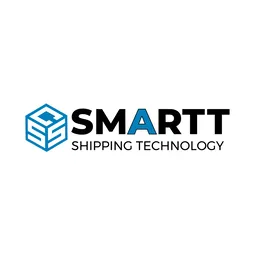Data Logging Services
Trace every footprint of your customers to understand and serve them better.Data logging is a way of collecting and storing each and every interaction of the customer with the system or automated process in the system.
Data Logging to improve business outcomes
Data logging is a way of collecting and storing each and every interaction of the customer with the system or automated process in the system. It helps to identify the patterns and understand the customer’s problems and needs. This recorded data can be analyzed and observed over a period of time to find the hidden patterns, trends, or any anomaly. This log helps to improvise and optimize your system. This data can be analyzed to find faults, errors in the system, or it can help in making a good road map for the system. In case the system is microservice-based, then having data logging is a must. Even in IoT data logging is very popular to make better devices.

REVES BI perspective towards data logging
Every type of logs gives valuable insights related to the information and the purpose for which it is stored. Logging is a highly recommended activity which most of the big product or system ignores.
Sigma Data Systems has a team of expert engineers who can create this architecture and setup data logs for any system. It can also build a visualization layer to make these logs human readable. Sigma has a team of consultants who can regularly interact and consult based on the results of logs with the clients. They can monitor and keep a check on the health of the system.
Types of Data Logs
- Access and Error Logs
These logs are maintained on the server. These logs capture anonymous system access information like IP with time stamp along with upload & download details. These system logs also capture errors in system code or server. It provides a scope to the developers for debugging the code by auditing these logs. Access and error logs can identify server health and any suspicious activity. - User Logs
In modern systems, user logs are considered as essential records. These logs have the details of the user and the information accessed by this user. It documents every activity and interactivity done by users on the system. These logs can help understanding customers and make business strategies according to the behavior of the customers. It also helps in understanding the activities of the users, geographical regions, drive new features, suspicious activities, data theft, malicious activities, and so on. - IoT device Logs
IoT means the Internet of Things. It means the ability to communicate, interact, and manage activities remotely using devices that are connected via the internet. These devices are most in touch with human activities. Even IoT devices have device logs and user interaction with device logs. It can become a nightmare for a developer to understand why the device is not performing as it was intended to. The developer has to troubleshoot remotely with minimum downtime, so using these kinds of logs, developers can trace device activity and performance to apply corrective measures. Cloud IoT Core and AWS IoT are the two most popular options for recording these types of IoT device Logs.
User activity is again a significant task to trace as it gives a better understanding of how users are interacting with the devices. Based on this activity analysis device can be trained and educated to deliver a better user experience. IoT devices are becoming smarter day by day based on these trained data. - Microservice environment Logs
Microservice architecture is a modern way of managing the whole system. It is gaining popularity due to its ability to scale and the ability to provide an isolated environment to modularize the content. Every module can be deployed or altered without affecting the integrity of the whole system. In a microservice architecture, data communication can happen with universally accessible APIs.
There are many benefits to these structures. However, it also comes with one major drawback where no one owns the fault. Here, each module works independently, and it becomes challenging to identify the error in the whole process. A developer will keep struggling with answers to questions like What went wrong? Where did it fail? Which service? Why did it not perform? Therefore, the solution to this type of system is to maintain meaningful logs to identify, trace back the failures, get fixed, and deploy.
These logs should be stored at a centralized location which can provide continuous monitoring. - Crash Logs
Crash logs are the logs that store information of the event when the application crashed. The report about the crashed apps is generated and stored in the device, which can then be sent to the server for further analysis and fixes. Crash logs are studied and analyzed to debug and make better systems. It helps the developer to understand the chain of events performed by the end-user resulting in a crash. These logs can make the application perfect and provide some decision making key pointers over a period of time.
Tools we use to create data logging architecture
Splunk
It is a centralized log analysis tool for unstructured & structured data, machine-generated data, and complex multi-line data. Splunk provides features like Real-Time Visibility, Easy Navigate, Visualization, Historical Analytics, Reports, Alerts, and Dashboards.
Elastic Stack – Logstash
Logstash is a server‑side data processing pipeline that ingests data from multiple sources simultaneously and transforms it.
LOGalyze
LOGalyze is one of the most popular open-source, centralized log management, and network monitoring software. It has extensive search capabilities and provides real-time event detection facilities.
Graylog
Graylog is, again, a software log management platform.
Sumo Logic
Sumo Logic is a cloud-based log management system as well as an analytics provider.
Fluentd
It is an open-source, cross-platform data collection software. Fluentd is originally developed at Treasure Data and is written primarily in the Ruby programming language.
Nagios Core
It is a free and open-source software application that monitors networks, infrastructure, and systems. Nagios Core offers monitoring and alerting services for switches, applications, and servers.
Loggly
SolarWinds Loggly is a cloud-based log management and analytics service, provider
AWS IoT
AWS IoT allows its users to collect telemetry data from multiple devices and analyze and store the data.
Cloud IoT Core
Cloud IoT Core is a fully managed service that allows you to connect and ingest data from globally dispersed devices securely.

Benefits of data logging
Identify Errors
Facilitate to trace and understand any error in the system due to its recorded information.
Optimize the code and make a robust system
By continuous analyzing the logs helps the developer to identify the pain areas and keep on Optimize the system
Plan roadmap based on customer interactions
Based on user logs analysis, a roadmap for new features can be planned in the current system
Understand hidden patterns and trends for making better decisions.
Logs analysis creates the opportunity to apply AI by understanding patterns and helps the business to form offers and policies around the same to grow the business.
Minimize downtime
It helps to retrieve the system in any crisis or downtime.
No physical presence required
As each sequence with data is captured, there is no physical presence required. Data can be analyzed at a later date.
Untempered data source
This log data is untempered, and it can be used for any custom reporting.
Location
USA | CANADA | INDIA
Call / Text
+1 778 4888228
India (24/7)
+91-72101-98172
India (24/7)
+91-93195-79996
EMAIL: RevesBi
Follow Us
Talk to Us!
We’d love to discuss your project or world-beating idea with you. Alternatively, send through a request for a quotation, enquiry.
A diverse range of clients
We cater to businesses of all sizes and industries, providing customized data science and analytics solutions. Our certified experts help you make data-driven decisions that drive growth and success.











